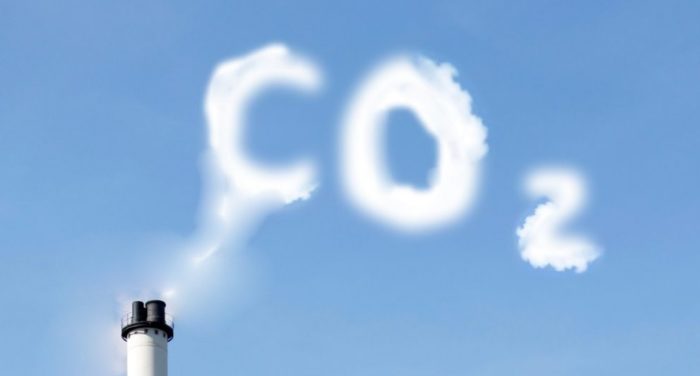Recently, the Human Environment and Transport Inspectorate (ILT) from the Ministry of Infrastructure and Water Management installed an air quality sensor on Splitsingsdam at the Port of Rotterdam’s Maas Entrance; this is one of the additional measures of the ILT in order to monitor sulphur dioxide emissions from shipping.
The application offers real-time readings displays vessel emissions for inspectors when vessels enter or leave the port.
[smlsubform prepend=”GET THE SAFETY4SEA IN YOUR INBOX!” showname=false emailtxt=”” emailholder=”Enter your email address” showsubmit=true submittxt=”Submit” jsthanks=false thankyou=”Thank you for subscribing to our mailing list”]
It is said that the ‘sulphur sniffer’ was originally installed at Hoek van Holland, yet as it was too far away from the area in which the largest vessels enter the port it has now been relocated to the ‘Lage Licht’ on Splitsingsdam, in the center of the approach channel, where it can have a much better reach.
What is more, the ILT has also been using a small Belgian plane to monitor sulphur emissions from vessels far out to sea, since 2018. In fact, a sensor extracts the air from beneath the plane to measure a vessel’s SO2 and CO2 emission concentrations.
Lastly, the ILT has observed that approximately 95% of vessels arriving in Rotterdam complies with the sulphur regulations in recent times.
Further to this, the new low-sulphur bunker oil VLSFO has become extremely popular in Port of Rotterdam. In fact, half of all November bunker sales were for VLSFO, as seen from the bunkering notifications via the Port of Rotterdam Authority’s TimeToBunker App.
This means that the VLSFO percentage within total fuel oil sales rose from 1.8% in September to 51.6% in November. This separation based on fuel oil sulphur levels can only be made in TimeToBunker.
From 2020, ILT will also be sampling sea-going vessels’ so-called bunker tanks. From that point, vessels without scrubbers may no longer have fuel containing sulphur levels higher than 0.5% in their tanks.

































































